How to Pick the Right Car Seat for Your Kid
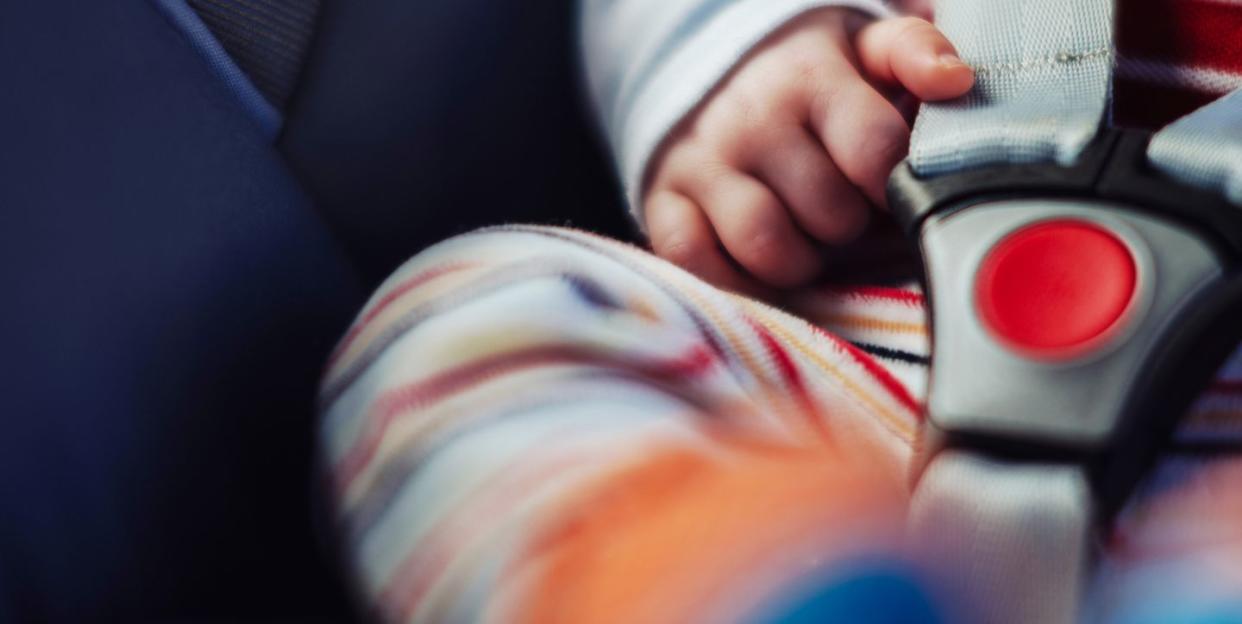
Having a car seat that suits your child's age and stage is crucial to ensuring the security of your little one in a collision. Although motor vehicle fatalities for children under 12 have decreased 43% over the past decade — due in part to increased correct use of car seats — motor vehicle accidents are still a leading cause of death. And according to the National Highway Traffic Safety Administration, three in four seats still aren't used correctly.
While all states require car seats for kids, requirements vary — and they should be looked at as bare minimum standards. It's best for parents to follow the weight and height specifications provided by the car seat manufacturer, which will likely enable your child to stay rear-facing (and therefore safer) longer. Follow our Institute tips for safer rides below — and then check out our list of best car seats from our recent testing.
Ages 0-2: Infant Seat
Designed for rear-facing use only.
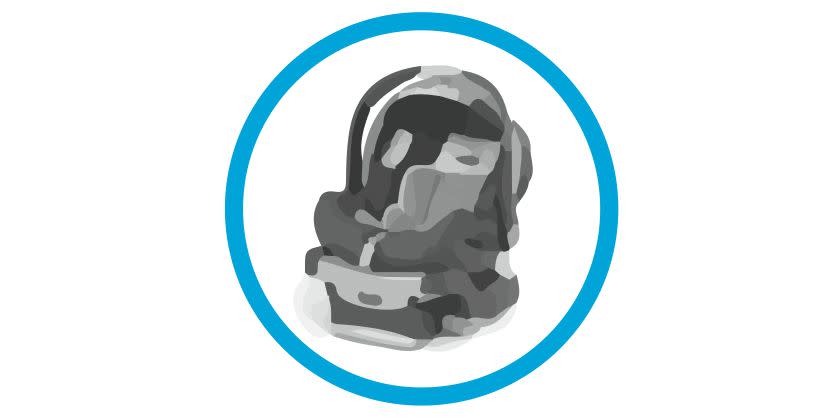
Pros: It doubles as a baby carrier, making transport a breeze: No worries about waking your baby up — just pop the seat from its base and bring her in. It can be used with a stroller, too.
Cons: Your baby will likely outgrow the seat at around 9 months. Since it's rear-facing only, you'll need to buy another seat sooner than you would with other styles.
Ages 0-5: Convertible Seat
Can be used either rear- or forward-facing.
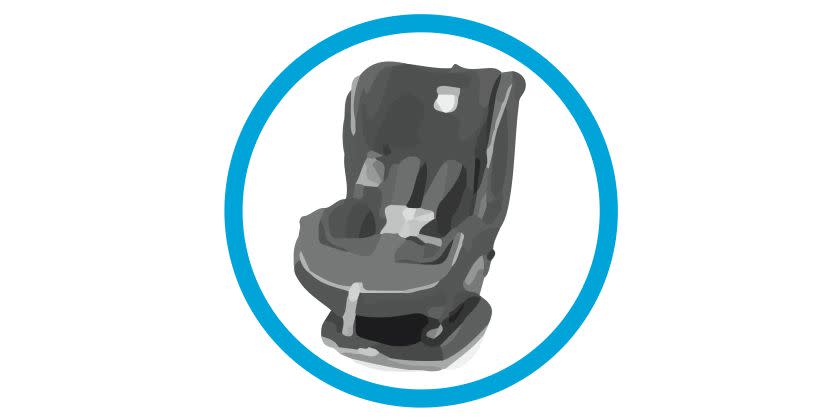
Pros: The higher height/weight limits allow kids to stay rear-facing longer, which the American Academy of Pediatrics advises for increased safety.
Cons: Often on the heavier side, it's not adaptable with strollers and can't be used as a carrier; when rear-facing, the larger seat can be tough to see around.
Ages 0-5+: All-in-One Seat
Transitions from rear-facing to forward-facing, then to a booster seat.
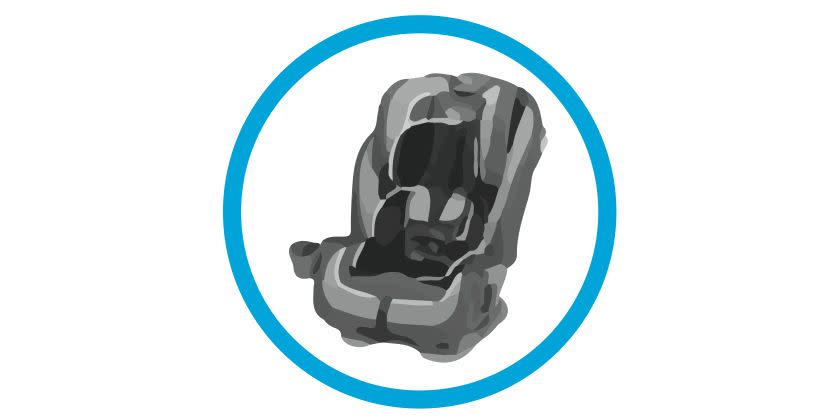
Pros: Potentially the only car seat you'll need to purchase (value buy!).
Cons: While your seat may survive years of sticky fingers, it could also pass the manufacturer's expiration date (around six years from time of purchase). Since it's made for many stages, instructions are tricky — keep the owner's manual handy.
Ages 2-5+: Combo Seat
Made for forward use only — first as a forward-facing seat, then as a booster.

Pros: If you bought an infant seat and now want more bang for your next buck, this model can take your child all the way to car seat graduation.
Cons: It's less portable than a booster seat — its heavier frame can make transporting it between cars (and reinstalling it) a pain.
Age 5+: Booster Seat
For use until seat belt fits correctly: Lap belt must lie across upper thighs (it can harm internal organs in a crash if it's too high) and shoulder belt on the chest. Kids should ride in the backseat until at least age 13.
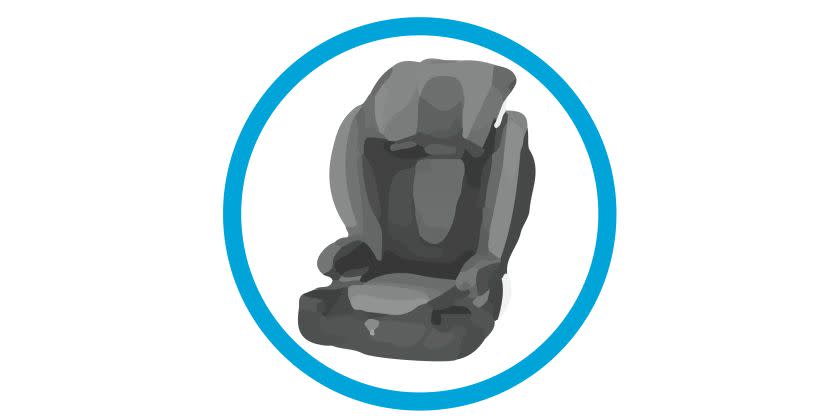
Pros: Installation is ultra-easy (and you're likely an expert by now anyway).
Cons: It's "uncool." Older kids may hate their booster seats, but safety first!
Smart Ways to Reduce Risks
Register your seat with the company to get recall alerts. Some models from Britax (one of our winners) were recently recalled due to a harness-button defect. Many are safe, but to be sure, check your model number at us.britax.com.
Resist buying a used seat. Car seats have a stamped expiration date, after which they may no longer be safe. Plus, experts advise replacing a seat after a moderate or severe accident, and you can't always know if yours was in a crash.
Get your seat inspected to ensure proper installation. Visit safercar.gov/parents to find a location near you. Most sites offer the service for free, along with tips for installing and using the seat. The top mistake? Leaving the seat too loose.
Dress your kids for safety. Almost 50% of polled readers unknowingly dress their kids unsafely for the car seat. Bulky, thick layers, like coats, can get compressed in a crash, putting kids at risk of coming loose from restraints. Instead, dress tots in lightweight clothing (e.g., fleece) and lay a blanket or coat over them once they're buckled in.
You Might Also Like


